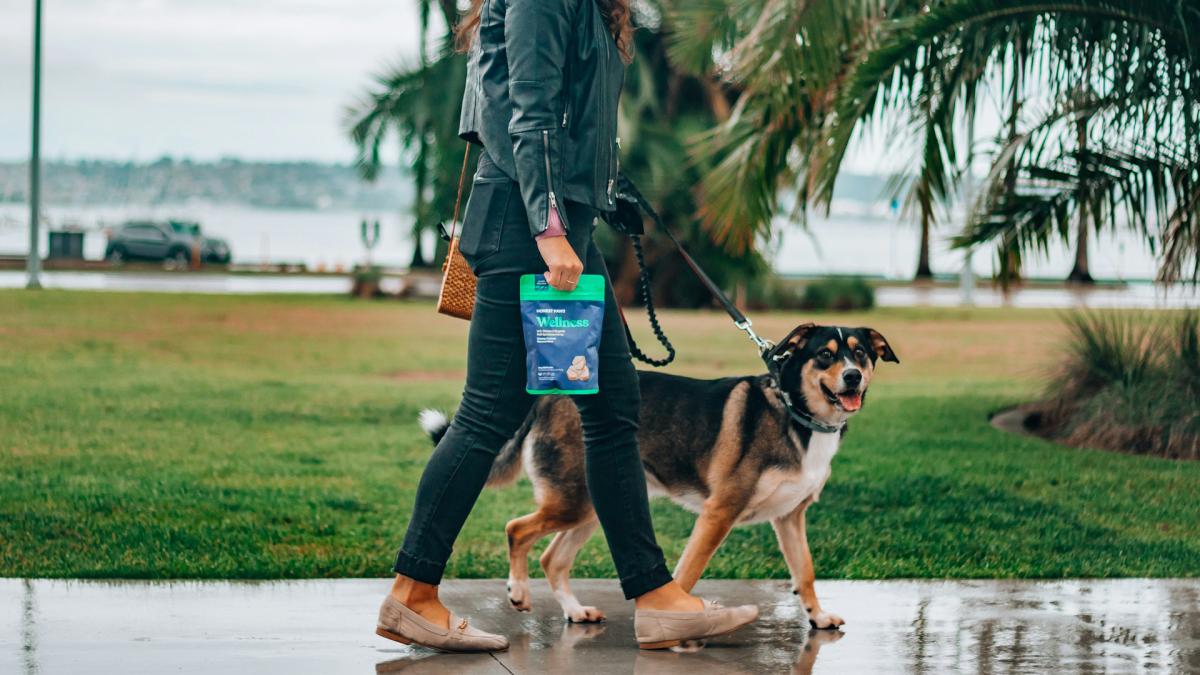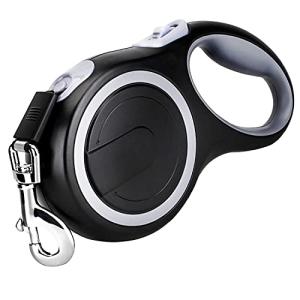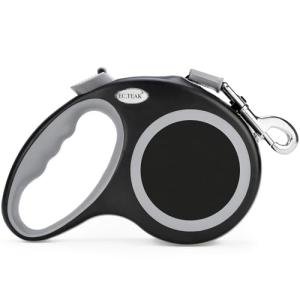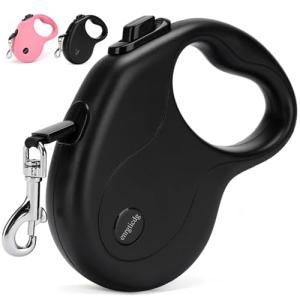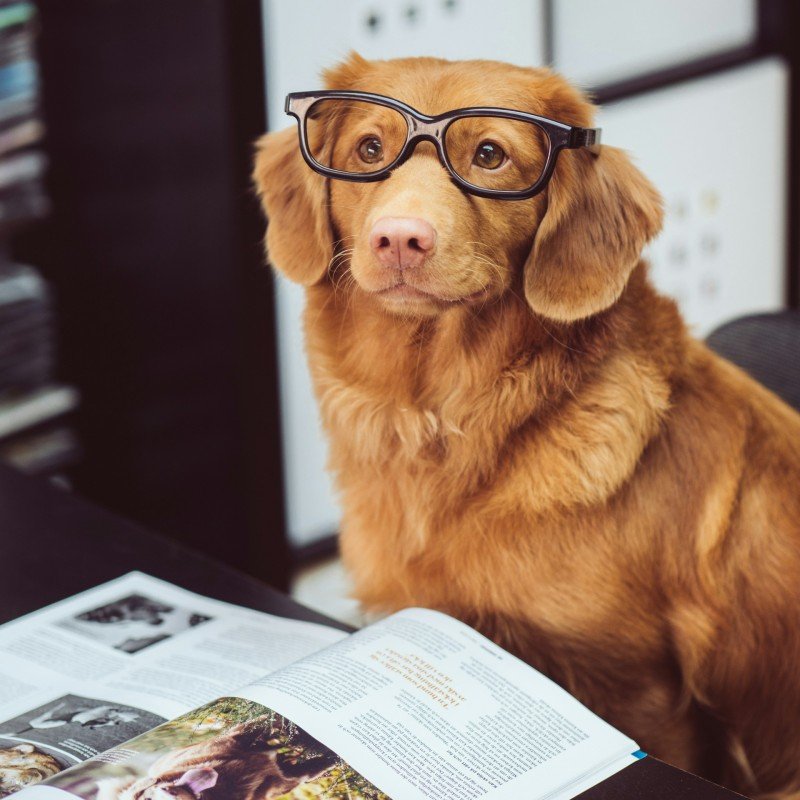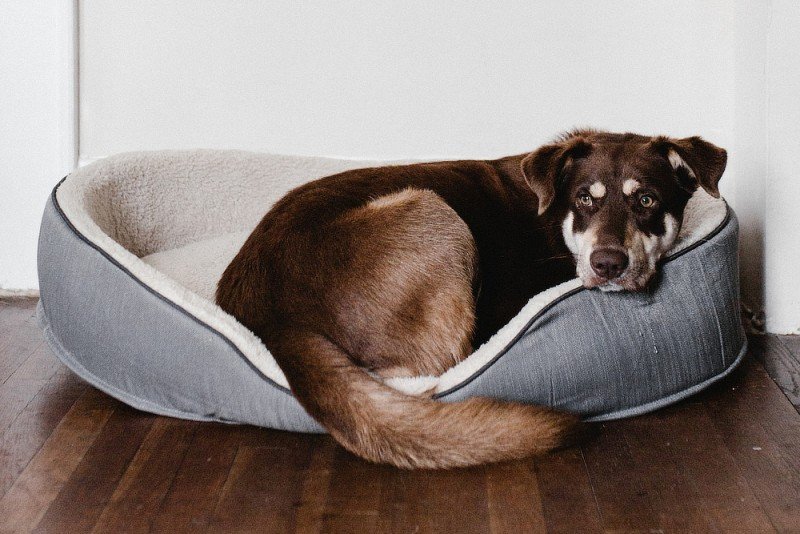When it comes to dog walking, keeping your furry friend secure and happy should be at the top of your list.
Gear Up for Safe Walks
When you want to take your dog for a walk, making sure both you and your dog are safe is key. Whether it's a stroll around the block or a hike in the woods, keeping an eye on dog walking safety precautions can make all the difference. Here are some simple ways to gear up for those outdoor adventures.
Walking Gear
First, consider the gear you and your furry friend need. A good, sturdy leash is a must that provide you with an extra peace of mind during your walks. Opt for one that works well for both you and your dog. A shorter leash is great for busy sidewalks, while a longer one can be perfect for open spaces. Just remember, you want enough control in case of distractions, like other dogs or people!
Don’t forget a comfortable dog collar or harness that fits well. A well-constructed dog harness or collar goes a long way in ensuring safety. Look for one that fits snugly and comfortably, so your pup can’t wriggle out of it. If you're in a busy area, consider a harness that offers more control and reduces pulling.
Reflective Safety Gear
Visibility is key, especially during darker hours. Look for reflective collars, leashes, or even vests. Not only will they keep your dog visible to others, but they also provide a little extra safety for you as well.
Don’t overlook your own safety gear either! Bright or reflective clothing can help you stay visible, especially during early morning or evening walks. A good pair of shoes is essential, too. You want something that provides support and grip, especially if your walks take you over uneven terrain.
Other Essential Items
It's smart to have a few extra items on hand. Accidents happen, having poop bags and doggy first-aid essentials can make a huge difference. Plus, having a nice portable water bottle for both you and your dog can help keep everyone hydrated and happy during your walk. Following these safety precautions can help ensure that you and your canine companion walks remain enjoyable and stress-free.
Be Aware of Your Surroundings
Take a moment to look around before you start walking. Are there any construction sites nearby? How’s the traffic? Keeping tabs on your environment is one of those essential dog walking safety precautions that can make a big difference. It helps you choose the safest paths and avoid potential hazards. A quick glance can save you from a sticky situation.
Distractions
Also, be mindful of distractions. Those squirrels darting across the path? Your dog may want to give chase, and that could lead to a dangerous situation, especially near roads. Training your dog to focus on you during walks can make this easier. Trust me, both you and your pup will feel more secure when you’re not reacting to every little thing.
Outward Behavior
Finally, always be aware of your dog's behavior. Signs of stress or fear, like tail tucking or excessive barking, can indicate that something in your surroundings is bothering them. If you notice this, it might be worth finding a quieter route or taking a break until they settle down. Staying in tune with your dog's feelings is a key part of practicing dog walking safety precautions.
Protecting Your Dog During Summer Heat
When temperatures rise, dog walking safety requires extra precautions to prevent heat exhaustion and protect your pup from hot surfaces. Dogs are more susceptible to heat-related illnesses than humans, and their paws can easily burn on scorching pavement. Here’s how to keep your furry friend safe during summer walks.
Recognizing Heat Exhaustion
Heat exhaustion can quickly escalate into heatstroke, which is life-threatening. Watch for signs such as excessive panting, drooling, lethargy, vomiting, or uncoordinated movements. If your dog shows any of these symptoms, immediately move them to a cool, shaded area, offer water, and seek veterinary attention.
To prevent heat exhaustion:
- Walk your dog during cooler parts of the day, such as early morning or late evening.
- Bring plenty of fresh water and offer it frequently.
- Take breaks in shaded areas to allow your dog to cool down.
- Avoid strenuous activity on hot days.
Hot Pavement and Paw Protection
Asphalt and concrete can become dangerously hot in the summer, potentially burning your dog’s paws. A simple test: place your hand on the pavement for five seconds—if it’s too hot for you, it’s too hot for your dog.
To protect your dog’s paws:
- Stick to grassy or shaded paths whenever possible.
- Use dog booties for extra protection.
- Walk on cooler surfaces, such as dirt trails or sidewalks shaded by trees.
- Check your dog’s paws after walks for signs of burns or irritation.
By taking these precautions, you can ensure that summer walks remain enjoyable and safe for your pup. Keeping an eye on the temperature and adjusting your routine accordingly will help prevent heat-related dangers while keeping your dog comfortable and happy.
Train Your Dog for Good Behavior
When it comes to dog walking safety precautions, training your dog for good behavior is a must. A well-trained dog not only makes your walks more enjoyable but also keeps you and your pup safe. Think about it: a dog that's happy to heel, sit, and not chase after every squirrel is easier to manage in public spaces.
Basic Commands
Start with basic commands like “sit,” “stay,” and “come.” These commands are the foundation of good behavior on a walk. Use treats and praise to reinforce these behaviors. Consistency is key! Practice these commands regularly so your dog learns to respond quickly, especially in busy areas.
Harness vs. Collar
When it’s time for your walk, consider using a well-fitted dog harness instead of a collar. This helps control your dog better and makes pulling less likely. A leash that's about six feet long gives you the perfect balance of freedom and control. With a good setup, you can focus on enjoying your time outdoors without worrying about your pup getting into trouble.
Socialization
Lastly, socialization is a crucial part of training. Expose your dog gradually to different environments, sounds, and other animals. This helps them become more comfortable and less anxious when you're out and about. Remember, the more positive experiences they have, the better their behavior will be, which ties back into those essential dog walking safety precautions.
